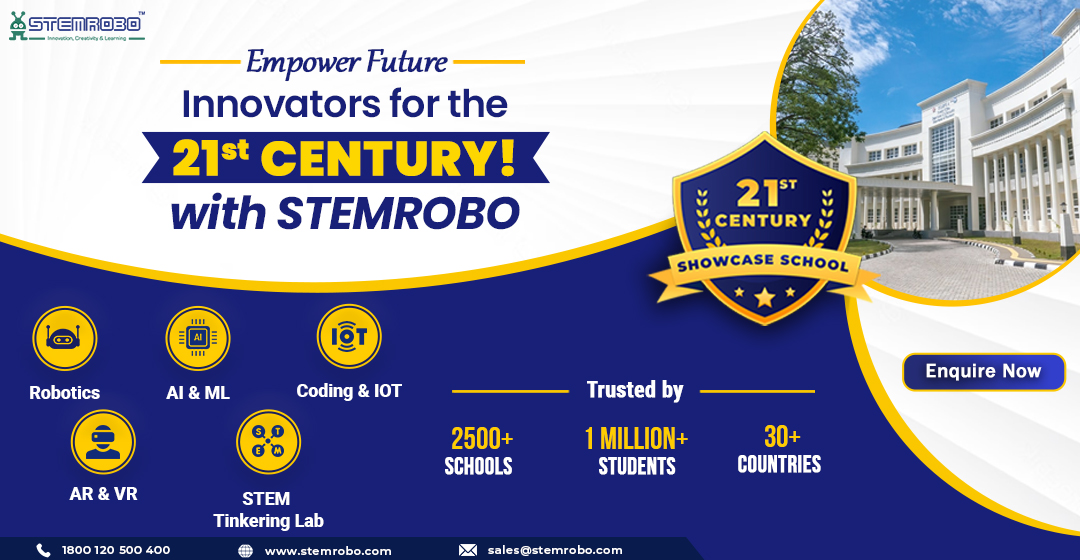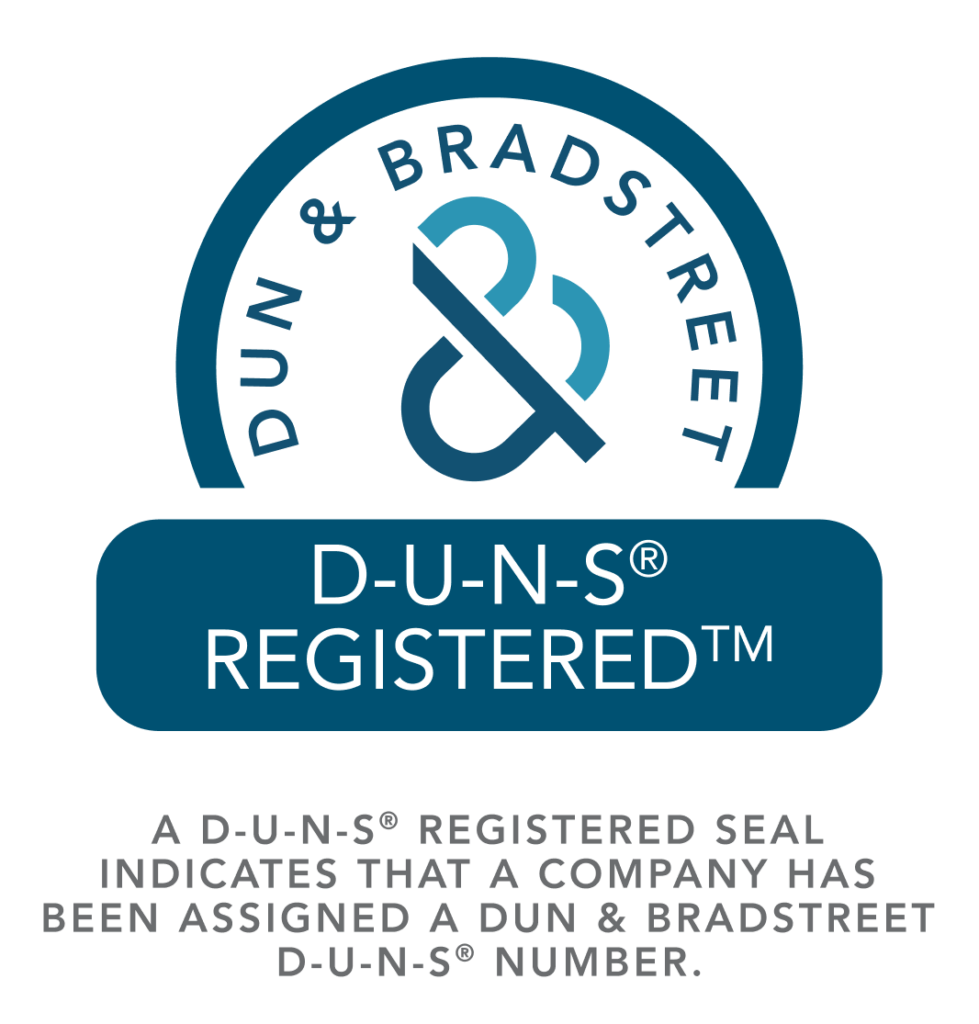Today, Education is no longer restricted to classrooms and books. 21st Century Education has prompted students to focus more on experimentation with things. This change in the learning pattern makes them understand better and enables them to apply these learnings to actual problems.
21st-century education is primarily based on STEM.
There are many benefits of this modern educational approach
let’s understand what makes it unique to our traditional education system.
●While traditional education is about learning and memorizing, modern is about learning and implementing the knowledge gained in real life.
●In the modern method of learning, the prime focus remains on science, technology, engineering, and maths while you get to learn about a wide spectrum of subjects in traditional education with minimal focus on one subject/domain.
●The traditional method of education has a predefined structure of teaching following a set of rules. At the same time, the Modern method is directed towards stimulating the brain to comprehend things in a unique way, different from the one already known to others.
STEM education embraces innovation and flexibility and extends learning beyond physical boundaries. It encourages experiential learning
Modern teaching can be more engaging and stimulating, and it can help students develop a deeper understanding of the material.
Modern education uses smart technologies like Augmented Reality or Virtual Reality and often time smart classrooms to improve interaction and understandability of students.
It Introduces Students to technology at an early age
In the traditional method of learning, students learn all subjects separately, due to which they don’t know how the concepts can be applied to real-world problems. Traditional methods of learning rely entirely on what is written in textbooks.
In the traditional system there is mostly imagination of facts about science history etc …..& in the modern system, we visualize that actually….which affects us more and helps us to remember it
Eg; when we listen to any story, we try to remember that. But sometimes we forget it…on the other hand, when we see the same story in the movie, it’s just hard to forget that easily
21st-century education aims to prepare students for the uncertainties of tomorrow. It provides skills such as adaptability, creativity, and critical thinking these are very important for success in an ever-changing global landscape.
Modern teaching is a more student-centered approach. It emphasizes active learning, where students are encouraged to explore and discover information for themselves. Modern teaching also focuses on critical thinking and problem-solving skills, and students are often rewarded for their creativity and innovation.
Modern curriculum is based on an interdisciplinary approach where subjects are not learned in isolation.
STEM learning is based on learning concepts by doing them practically instead of reading them from books. This learning-by-doing makes students understand concepts or foundations strongly and emphasizes bridging the learning gap. It focuses on making kids active- learners instead of passive listeners.
STEM Education is a modification from traditional Education to critical, logical, and project-based learning. Traditional learning creates learning gaps if queries or doubts are not addressed at the same time. These unsolved doubts lead to fear of subjects with increasing difficulty levels. STEM Education enables them to implement concepts to real-world problems. It manages learning gaps, inculcates interest, and leaves no space for fear of the subject.
STEMROBO offers an all-inclusive solution for K-12 schools, providing an end-to-end approach to STEM education. Our grade-wise progressive curriculum is tailored to meet the needs of each grade level, ensuring a customized learning experience for students. What sets STEMROBO apart is their integration of STEM concepts with academic subjects, fostering interdisciplinary learning and making education more engaging.
Altogether, STEM education enables future generations to tackle the challenges in any domain.
In traditional education, the focus is often on memorization, while STEM emphasizes learning through implementation. While traditional learning covers a wide spectrum of subjects, STEM dives deeper into specific domains like science and technology. Traditional education follows set teaching rules, while STEM encourages unique and creative thinking.
It’s an educational methodology that centers around the application of science, technology, engineering, and math’s, in contexts that make connections between the classroom and the world around them in a time of great change and uncertainty.






